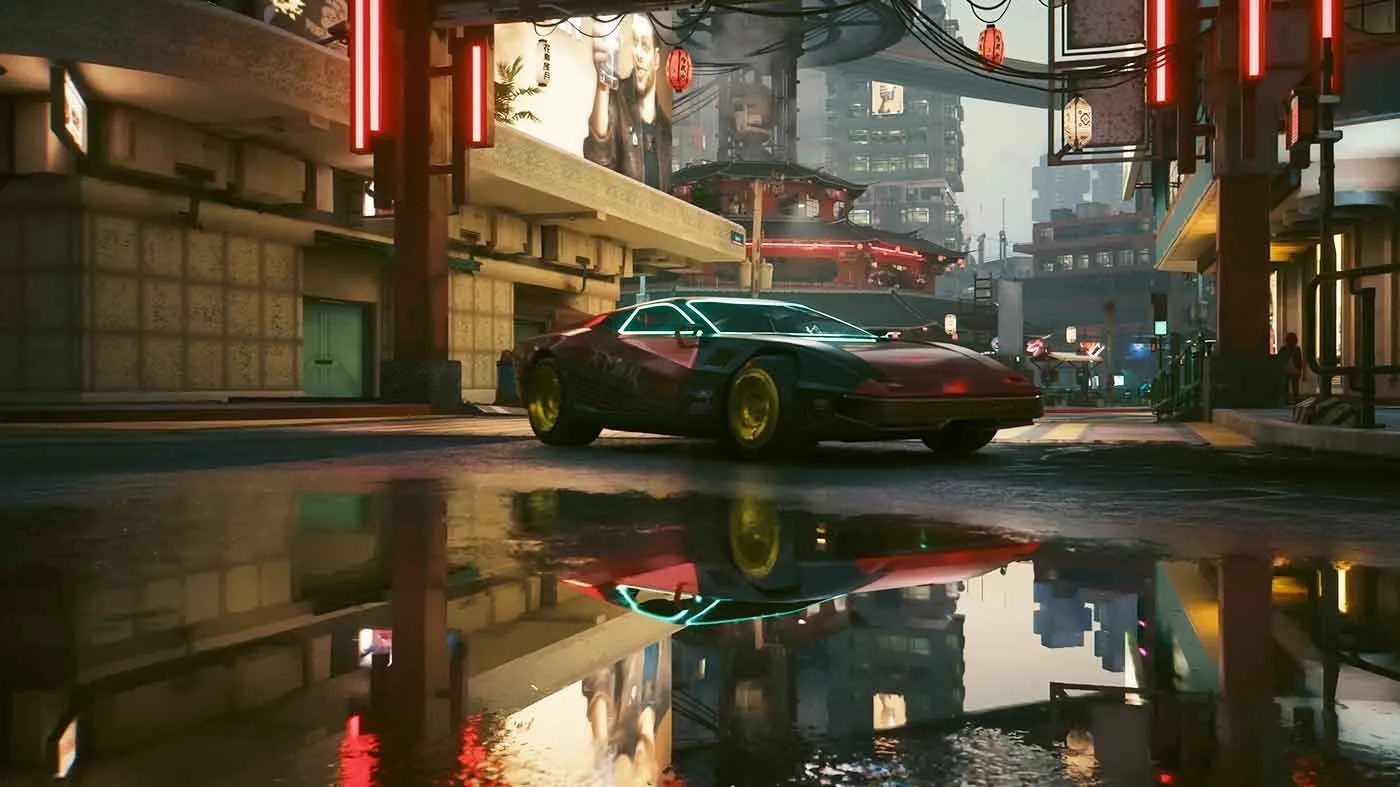Since the launch of DLSS or Deep Learning Super Sampling, upscaling technologies have slowly become the norm. Today, gamers are outraged if a new game is launched without support for this technology.
But are DLSS and FSR really necessary for a smooth PC gaming experience? The answer may differ from user to user, but these technologies are clearly here to stay.
Why it matters: Following the trend of poor PC ports, the notion that developers are using DLSS and other upscaling technologies to compensate for poor optimization has gained a lot of popularity.
The Rise of Ray Tracing
DLSS was introduced with Nvidia’s first Turing-based graphics cards that featured hardware ray tracing support.
The appeal of ray tracing-based rendering arises from the fact that, in contrast to other rendering techniques, including rasterization, ray tracing is based on a realistic simulation of light transport rather than the realistic simulation of geometry.
Ray tracing was undeniably impressive in 2018, but the hardware driving it, to this day, is not as powerful. As such, DLSS was the solution from Nvidia, an AI-based upscaler that would reduce the load on hardware, bringing performance to an acceptable level.
DLSS/FSR As A Crutch
DLSS and FSR are indeed impressive pieces of technology, but I believe they have left the PC industry with a bunch of games that are now being designed around upscaling.
This has resulted in many games like Remnant 2. Following criticism about Remnant 2’s performance, Gunfire Games asked players to use default upscaling settings as DLSS/FSR/XeSS were deemed essential to the performance.
This was an eye-opener for me. However, this trend was continued in later releases. Other examples include games like Alan Wake 2, Lords of the Fallen, and Starfield. Such current-gen titles struggle to reach 60FPS without upscaling, while extreme cases can be practically unplayable on mid-range graphics cards.
According to the latest Steam hardware survey, the GeForce RTX 3060 is currently the most used graphics card on the market. Looking at its performance, the card can barely achieve 60FPS on low settings in games like Starfield or Remnant 2 without upscaling.
Frame Generation Helps Push Visual Limits
Aside from releasing games that are not optimized on PC hardware, developers have started pushing the latest technology to increase fidelity in games. The tech is indeed impressive, as seen in Alan Wake 2.
However, it comes at the cost of poor performance on mid-range cards like RTX 3060. I feel developers are now more reliant on frame generation, which allows them to conveniently ignore rasterization limits.
Unfortunately, not everyone is able to afford the latest and greatest graphics cards.
Nonetheless, Nvidia is the market leader in PC gaming, and it certainly appears to insist on pushing software features for the future of gaming.
It is often said that upscaling technologies offer better than native image quality. However, I believe that is still up for debate. Such upscalers certainly do not work well below 1440p or 1080p, which leads to a subpar image due to a low rendering resolution.
With over 300 games supporting DLSS and Nvidia believing upscaling technology will take over traditional rendering soon, it is difficult to see any other future for the gaming industry.
Thank you! Please share your positive feedback. 🔋
How could we improve this post? Please Help us. 😔
[News Reporter]
Malik Usman is student of Computer Science focused on using his knowledge to produce detailed and informative articles covering the latest findings from the tech industry. His expertise allows him to cover subjects like processors, graphics cards, and more. In addition to the latest hardware, Malik can be found writing about the gaming industry from time to time. He is fond of games like God of War, and his work has been mentioned on websites like Whatculture, VG247, IGN, and Eurogamer.






